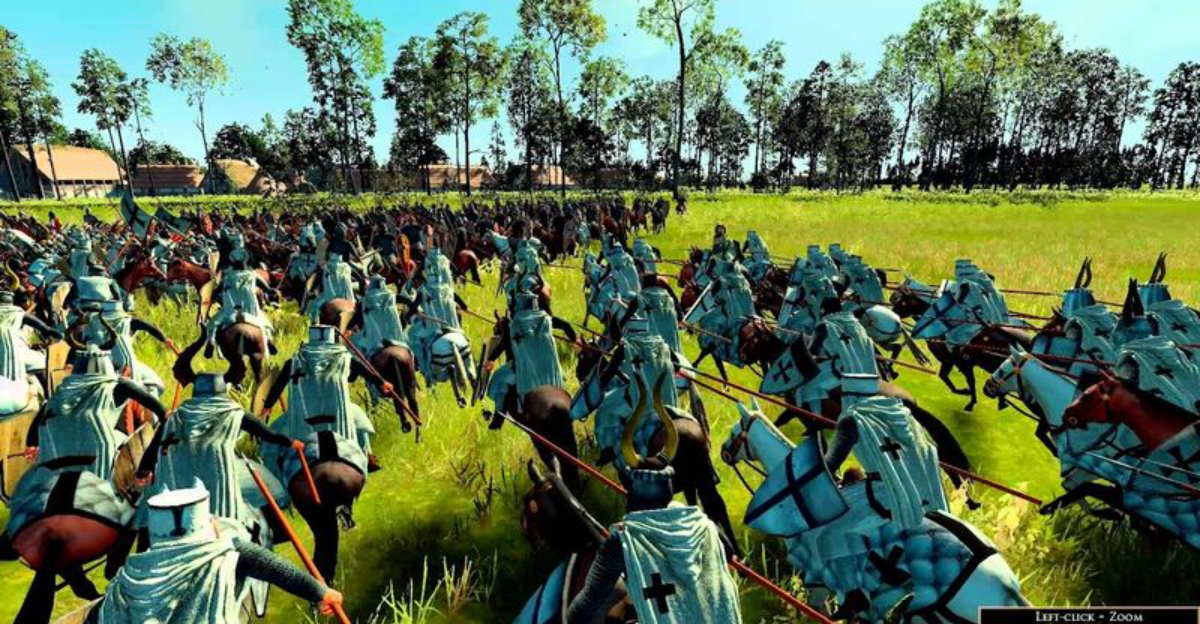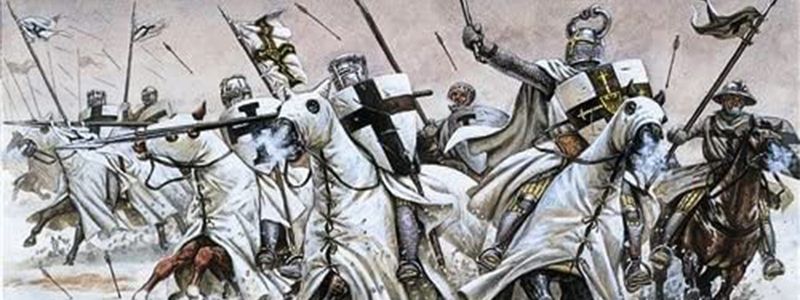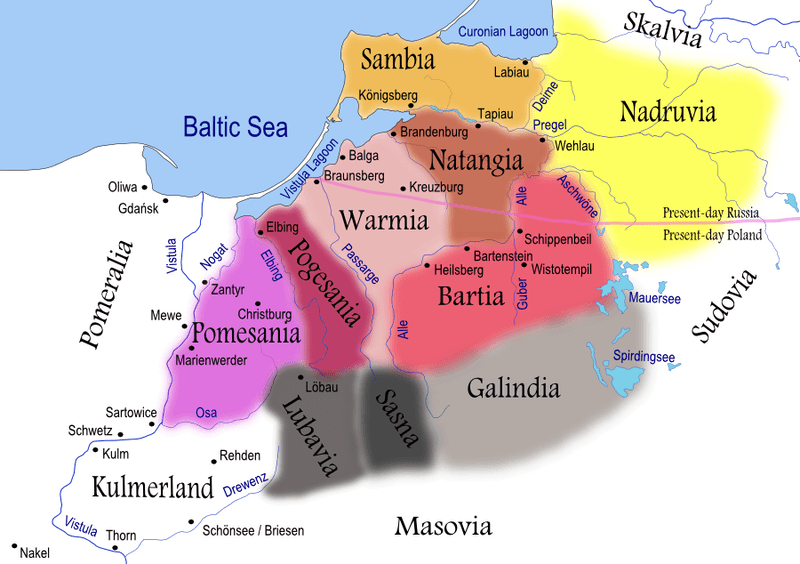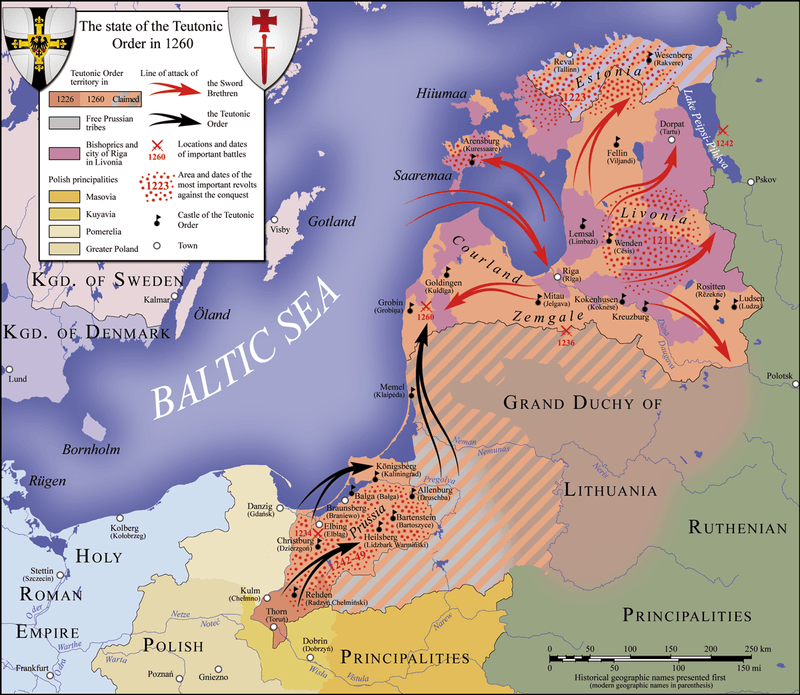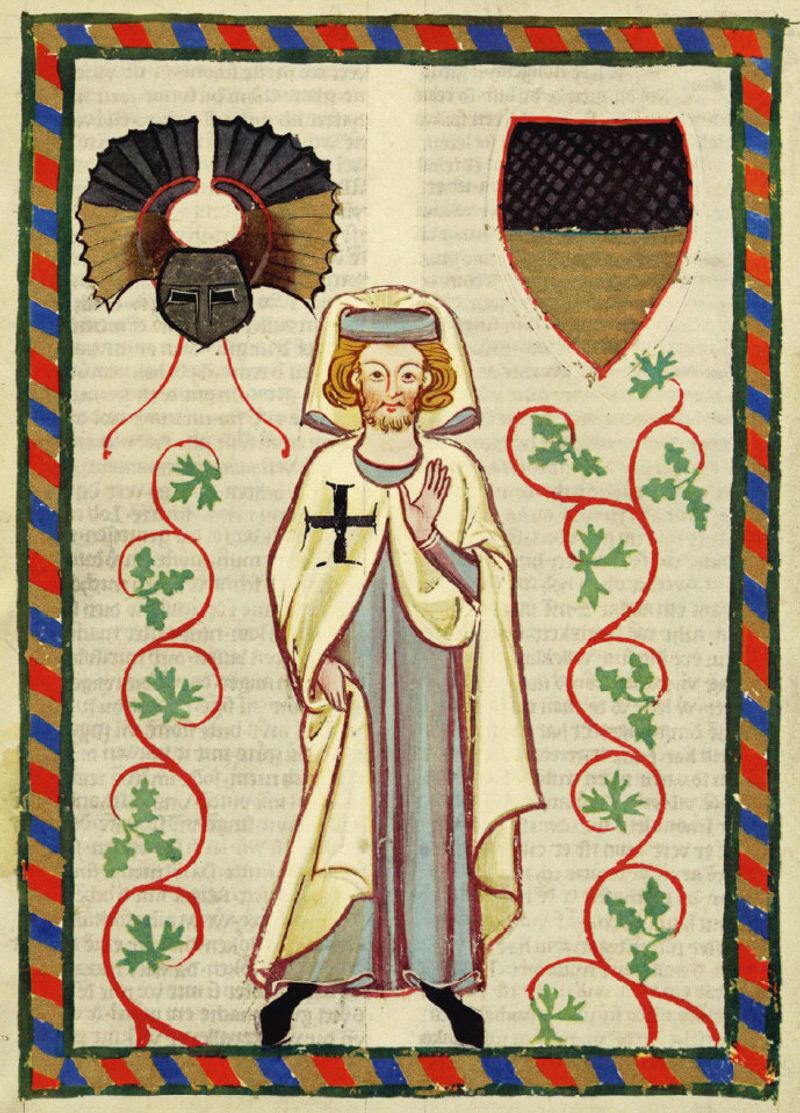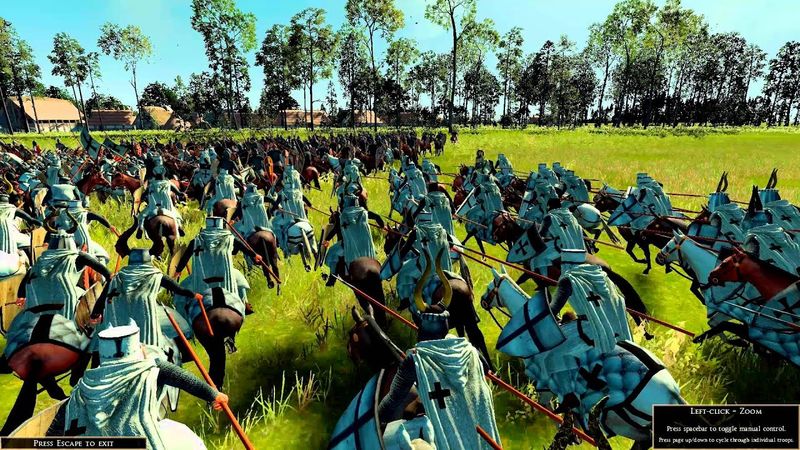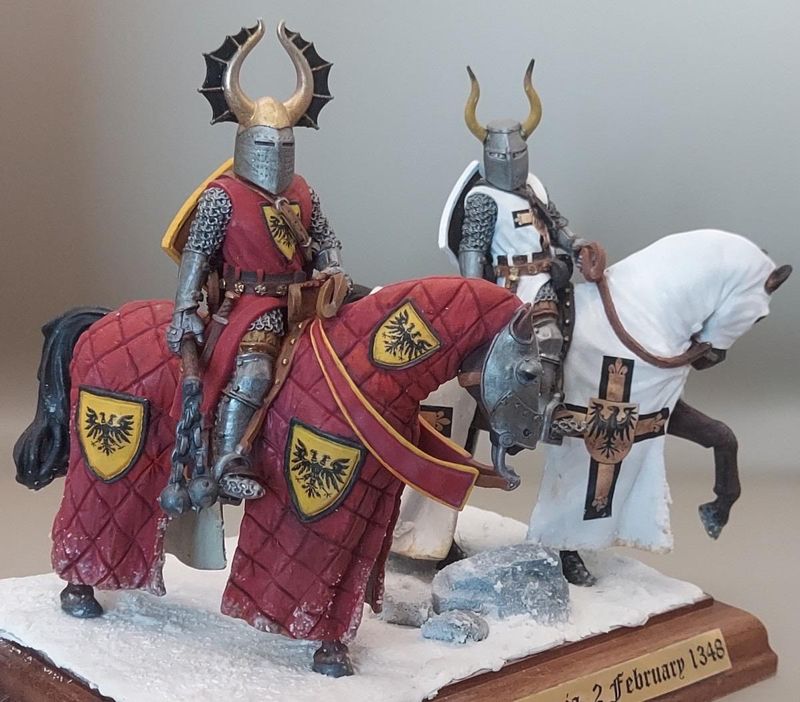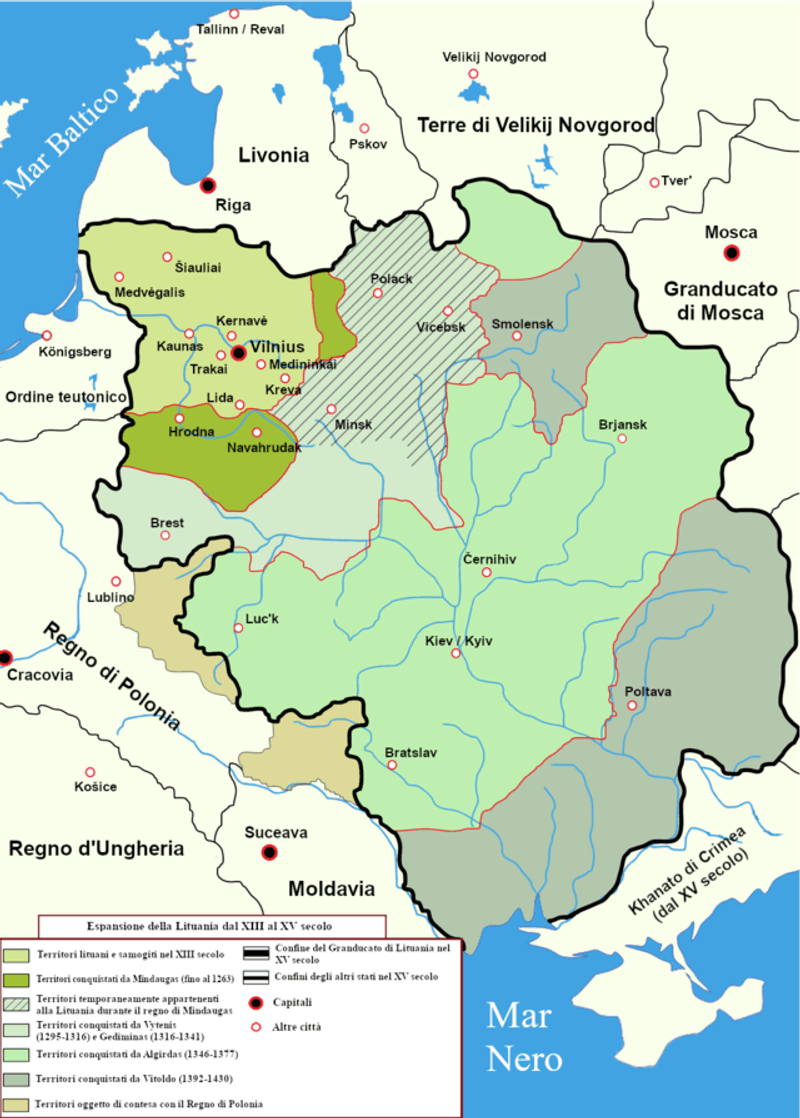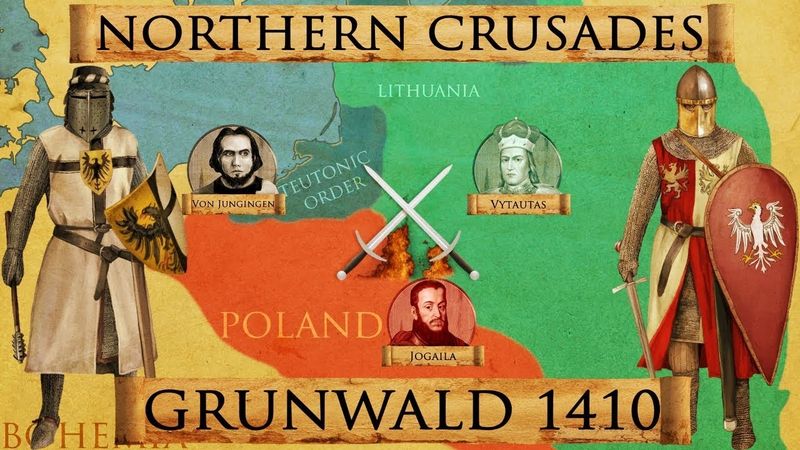The Teutonic Knights were medieval warrior-monks who fought many important battles across Northern Europe. These armored crusaders built a powerful military order that conquered lands and spread Christianity through warfare.
From crushing victories to devastating defeats, their battles shaped the history of Poland, Lithuania, and the Baltic region. Here are the eight most significant battles that defined their rise and fall.
1. Battle of Dobin (1237)
Picture armored knights charging across frozen ground, their white cloaks marked with black crosses fluttering in the Baltic wind. After joining forces with the Brothers of the Sword, the Teutonic Knights needed to prove their strength in Prussia.
Local Prussian tribes had resisted Christian rule for generations, but the Knights brought superior weapons and tactics. The victory at Dobin opened the door for future conquests across the region.
This triumph became the foundation stone of their Baltic empire, showing other tribes the power they now faced in this new enemy.
2. Siege of Königsberg (1262-1263)
Smoke rose from the castle walls as angry Sambians surrounded the Knights’ stronghold for months. The Second Prussian Uprising had begun, and native warriors wanted their homeland back from the foreign invaders.
Inside Königsberg’s thick stone walls, the Knights faced starvation and constant attacks. Though they eventually survived the siege, many brave warriors died defending the fortress.
This bloody struggle taught the Order a harsh lesson about ruling conquered peoples. The fierce resistance forced them to change how they governed Prussia forever.
3. Battle of Durbe (1260)
Sometimes even the mightiest warriors meet their match, and at Durbe, the Knights learned this painful truth. Samogitian and Curonian tribes united against both Teutonic and Livonian forces in present-day Latvia.
The tribal warriors used clever tactics and knowledge of local terrain to surround the heavily armored Knights. What should have been another easy victory turned into a crushing defeat.
This devastating loss sparked rebellions across the entire region, proving that the Order wasn’t invincible after all.
4. Battle of Aizkraukle (1279)
Death came swiftly for Master Ernst von Ratzeburg as Semigallian warriors struck down the Livonian leader. The northern crusades demanded a terrible price from the Order’s commanders.
Unlike other battles, this clash showed how dangerous it was to lead from the front. The Semigallians fought desperately to protect their ancient homeland from Christian conquest.
Though not a Teutonic victory, this battle revealed the true cost of their expansion. Every mile of conquered territory was paid for with the blood of knights and masters.
5. Battle of Płowce (1331)
King Władysław I of Poland brought a different kind of challenge than pagan tribes. This wasn’t about spreading Christianity anymore, but about political power and territorial control.
The Knights discovered that fighting fellow Christians required different strategies than their usual crusading tactics. Neither side won a clear victory, but many Teutonic warriors became Polish prisoners.
This stalemate marked a turning point, showing that the Order’s military dominance was weakening. Their reputation for invincibility began cracking against organized Christian armies.
6. Battle of Streba (1348)
Victory tasted sweet again as the Knights defeated Lithuanian forces in a impressive display of military skill. After years of setbacks, this triumph boosted the Order’s confidence and reputation.
Lithuanian warriors under leaders like Gediminas had proven tough opponents, making this success even more meaningful. The Knights pushed deep into pagan territory, showing their old fighting spirit.
However, this victory proved temporary, as the Lithuanians remained unconquered. The battle was more about prestige than lasting territorial gains for the struggling Order.
7. Battle of Rudau (1370)
Grand Marshal Henning Schindekopf led his Knights to one of their final great victories near Insterburg. The late 14th century had brought mostly defeats, making this triumph especially precious.
Lithuanian forces fell before the disciplined charge of the Teutonic cavalry, reminding everyone of the Order’s former glory. The Knights celebrated this rare success after years of frustration.
Unfortunately, this victory couldn’t stop the Order’s decline, serving only as a brief bright moment. The old days of easy conquest were ending forever.
8. Battle of Grunwald (1410)
The end came at Grunwald, where Grand Master Ulrich von Jungingen died alongside his dream of Teutonic dominance. King Władysław II Jagiełło and Grand Duke Vytautas united Poland and Lithuania against their common enemy.
The Knights charged bravely but faced overwhelming numbers and superior tactics. Their famous heavy cavalry couldn’t break the allied lines this time.
This catastrophic defeat marked the beginning of the end for the once-mighty Order. The age of the Teutonic Knights was over.
